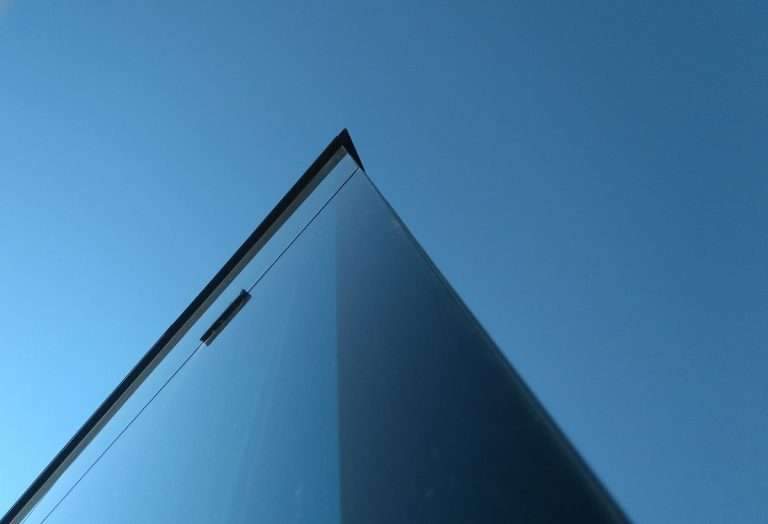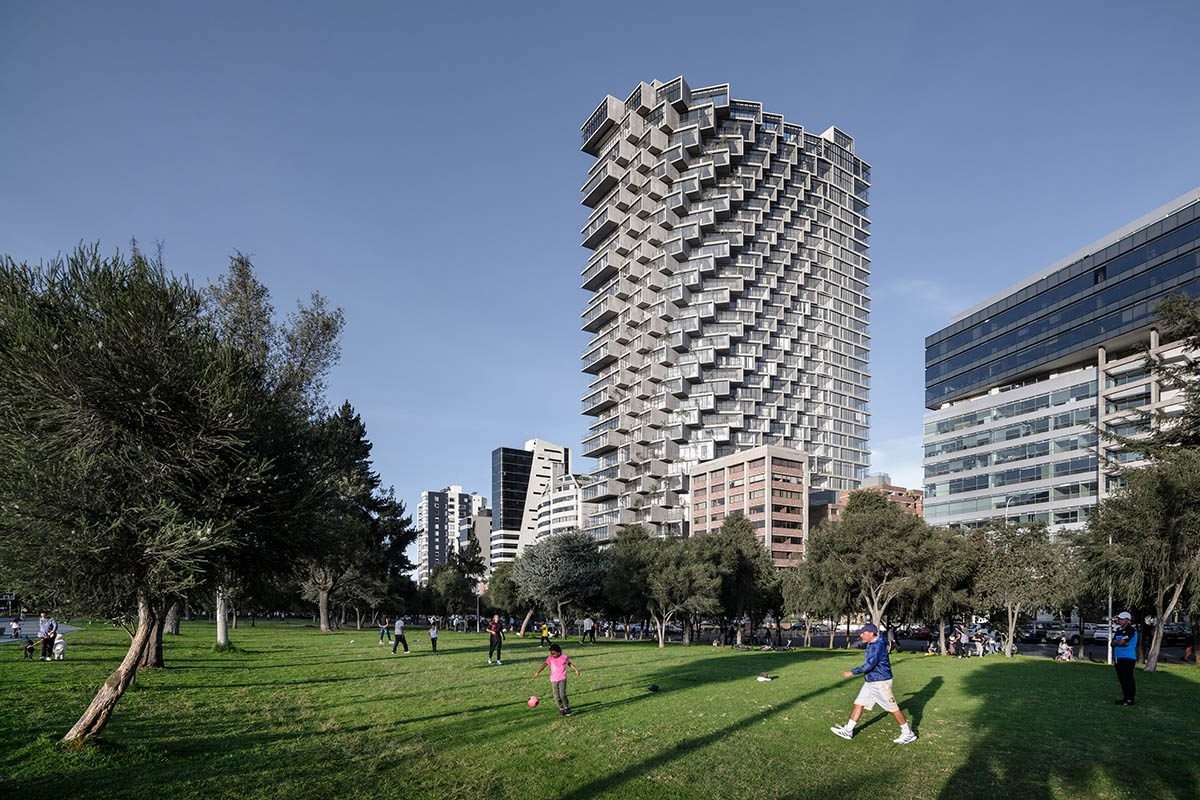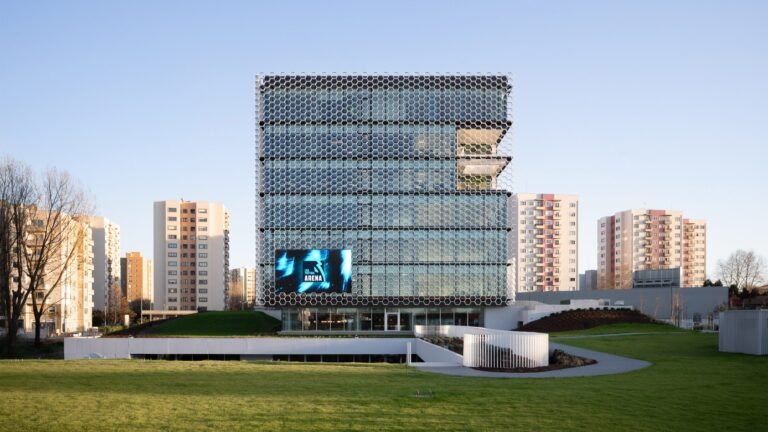Different types of glass used in construction
Did you know that glass plays an important role in the construction of modern buildings?
Where glass is used to add aesthetic value, provide insulation and privacy, and improve energy efficiency.
In this article, we will explore the different types of glass used in construction and their uses.

Types of glass
Different types of glass are used in construction, each with its own unique properties and advantages.
Each type of glass is selected for its specific application based on its strength, durability, thermal insulation and light transmission properties.
Understanding these different types of glass can help you make an informed decision when choosing the type of glass for your construction project.
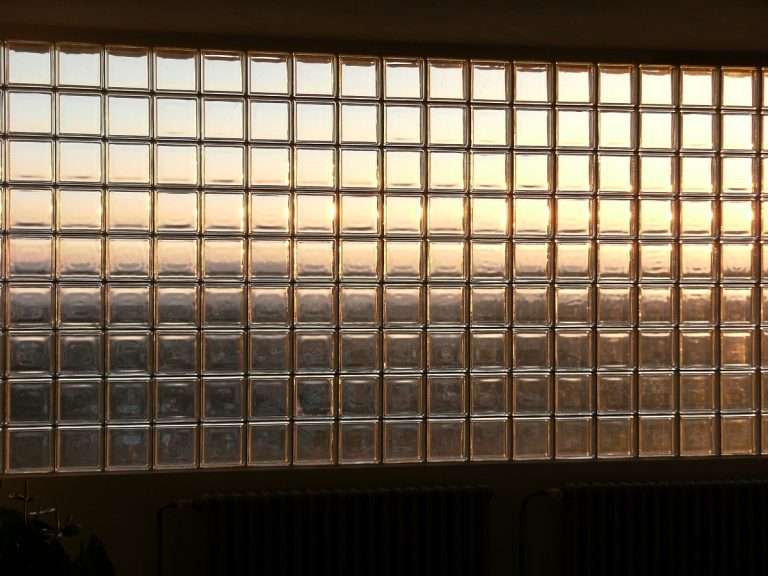
Annealed glass
Tempered glass is widely used in construction for its strength and safety.
It has undergone a special heat treatment process, which makes it four to five times stronger than ordinary glass.
This makes it shatterproof and helps reduce the risk of injury in the event of an accidental collision or breakage.
Tempered glass can also withstand greater stress,
making it an ideal choice for applications such as skylights and bay windows.
Tempered glass has improved thermal and acoustic properties,
making it an ideal choice for homes and offices that require energy efficiency and noise reduction.

Float glass
Float glass is a type of glass most commonly used in modern construction.
This type of glass is produced by floating molten glass on a layer of molten metal,
resulting in a flat, consistent surface.
Float glass is ideal for windows, doors and mirrors due to its thin and lightweight properties.
It also provides excellent visibility and improved insulation, making it a great choice for new construction.
Moreover, float glass is extremely durable and easy to install,
making it a popular choice for buildings and other structures.

Stained glass
Tinted glass is a type of glass that has been treated to reduce the amount of light that passes through.
This is done by adding mineral salts or pigments to the glass during manufacture.
It can also be done by coating the glass with a thin layer of material, such as film or paint.
Tinted Glass is commonly used in construction for both aesthetic and practical purposes.
It can provide a range of lighting effects, from soft to dark.
It is also used to create privacy and reduce heat loss or gain.
In addition, it can improve the energy efficiency of the building by preventing ultraviolet rays from entering the building.
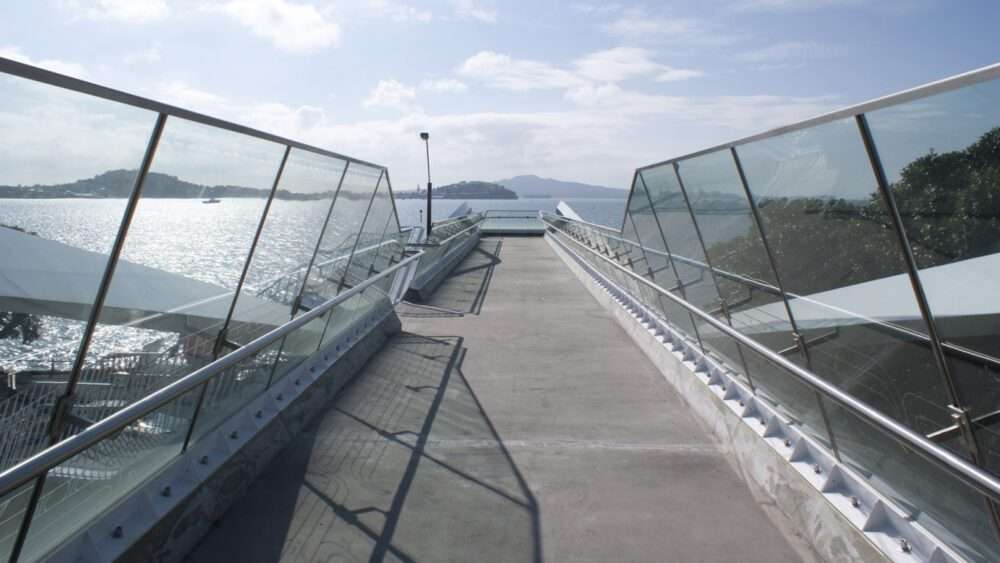
Laminated glass
Laminated glass is a type of glass consisting of two or more layers of glass combined by a plastic or resin interlayer.
This interlayer provides additional strength and increased safety compared to conventional single-layer glazing.
Laminated glass is commonly used in skylights and windows,
as it provides greater protection against breakage and falls.
In addition, the laminated glass is effective in blocking noise and UV rays.
For these reasons, laminated glass is often the preferred choice of architects
and builders when constructing commercial structures and homes.

reflective glass
Reflective glass is a kind of glass with a reflective layer applied to its surface.
This type of glass is commonly used in building facades, windows,
and glazing to reduce solar heat gain for the building and provide a more aesthetic appearance.
By reflecting the sun’s rays, this type of glass prevents the interior of the building from becoming too hot while still letting in natural light.
Reflective glass also provides a higher level of thermal insulation by retaining heat inside the building during the colder months.
Architectural reflective glass is available in many forms, including low-E glass,
which is coated with a special metallic oxide to increase energy efficiency.

Patterned glass
When choosing the right type of glass for a building project, patterned glass is easy and cost effective.
Patterned glass is frosted or textured glass that is decorated with a pattern for aesthetic purposes.
It is available in different shapes and sizes, with endless design possibilities.
Patterned glass is particularly useful in areas where privacy is a concern,
as it blocks vision while allowing light to pass through.
It’s also a great choice for adding a unique and personal touch to a space.
With the right design, decorative glass can be an attractive addition to any building project.

Wired glass
Wired glass is a very durable type of glass and is commonly used in construction.
Its reinforced surface helps provide extra strength and safety against breakage.
Wired glass has high impact resistance and is an excellent choice for applications such as storefronts and curtain walls.
It is also often used on fire doors and locations where vision panels are required.
The woven wire mesh embedded in the glass also creates an aesthetically pleasing design.
Insulating glass
Insulated glass is a popular choice for construction projects because it reduces energy costs.
It contains two or more panes of glass with a sealed space between them.
This space is usually filled with argon or krypton gas to reduce the heat that can pass through the glass.
The insulating layer creates a shield from outside temperatures by trapping air within this space, allowing the building to maintain a more comfortable indoor climate.
In addition, insulated glass reduces noise from outside, which can be particularly beneficial for homes located near noisy public areas.
In conclusion, glass is an essential building material and plays an important role in construction, especially in the modern era, where design and aesthetics are highly considered when constructing a building.
There are different types of glass suitable for a range of applications in construction, and each type has its advantages and disadvantages.
Each type of glass can be used in different building areas, but the most important factor is finding the right type for the task at hand.
For more architectural news

